Black holes played a critical role in the formation of the early universe. However, astronomers have been debating for a long time just how critical, as the information we had about early black holes, which exist at high red-shifts, was relatively limited.
Get the latest international news and world events from around the world.
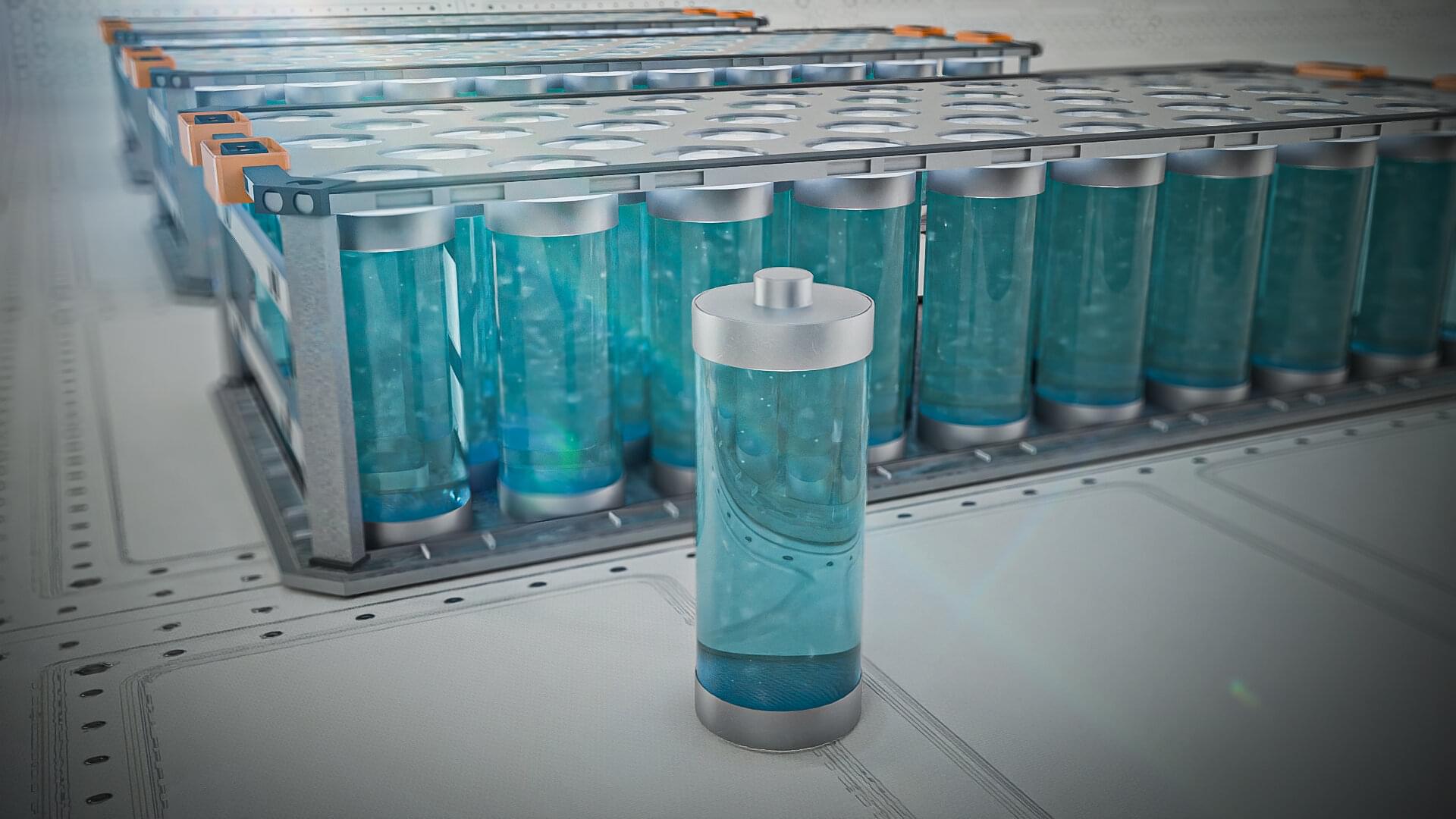
Research shows how sulfate ions increase the lifespan, performance of aqueous batteries
Scientists at King Abdullah University of Science and Technology (KAUST) have uncovered a critical molecular cause keeping aqueous rechargeable batteries from becoming a safer, economical option for sustainable energy storage.
Their findings, published in Science Advances, reveal how water compromises battery life and performance and how the addition of affordable salts—such as zinc sulfate—mitigates this issue, even increasing the battery lifespan by more than ten times.
One of the key determinants of the lifespan of a battery—aqueous or otherwise—is the anode. Chemical reactions at the anode generate and store the battery’s energy. However, parasitic chemical reactions degrade the anode, compromising the battery lifespan.
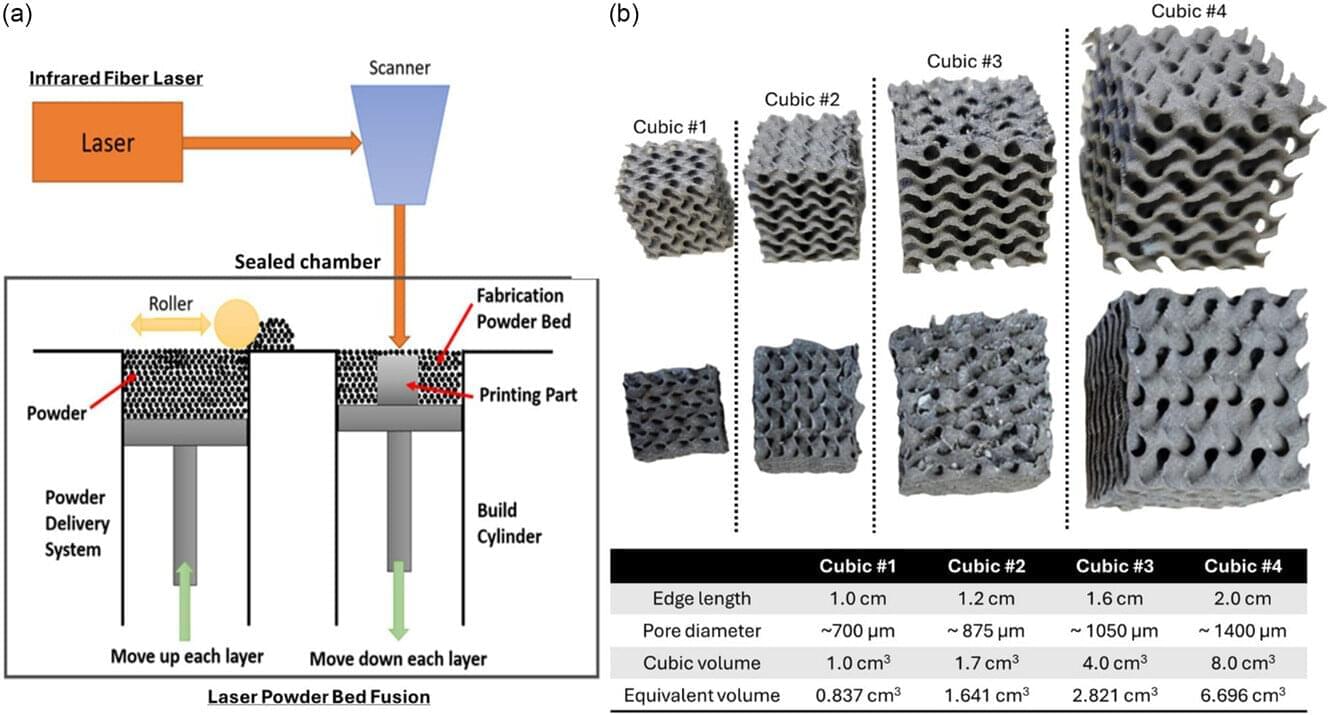
Stainless-steel component boosts bacteria-based biobattery
Engineering innovations generally require long hours in the lab, with a lot of trial and error through experimentation before zeroing in on the best solution.
But sometimes, if you’re lucky, the answer can be right under your nose—or in this case, beneath your feet.
Binghamton University Professor Seokheun “Sean” Choi has developed a series of bacteria-fueled biobatteries over the past decade, building on what he has learned to improve the next iteration. The biggest limitation isn’t his imagination—he’s always juggling several projects at once—but the materials he has to work with.

New framework clears spin-orbit confusion in solids and unifies physics
The researchers came up with a new way to describe how an electron’s spin interacts with the material it moves through, without using the complicated and unreliable tool called the orbital angular momentum operator, which usually causes problems in crystals.
Instead, they introduced a new idea called relativistic spin-lattice interaction. This basically means they focused on how an electron’s spin reacts to the structure of the solid itself, using principles from Einstein’s theory of relativity.
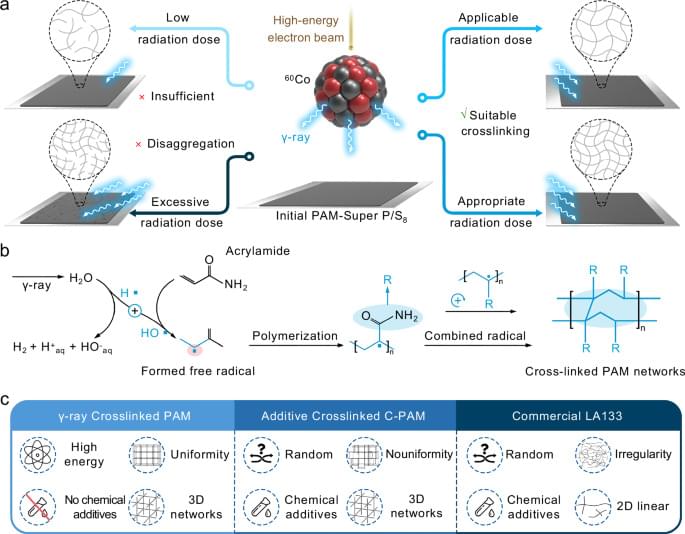
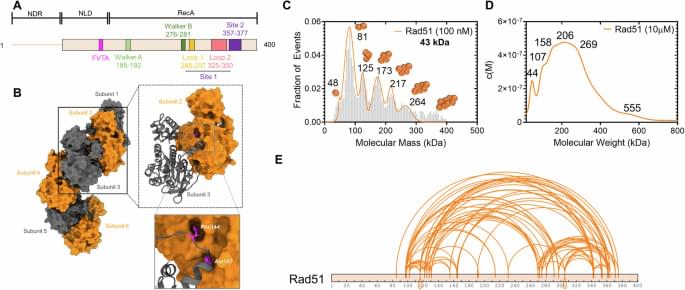

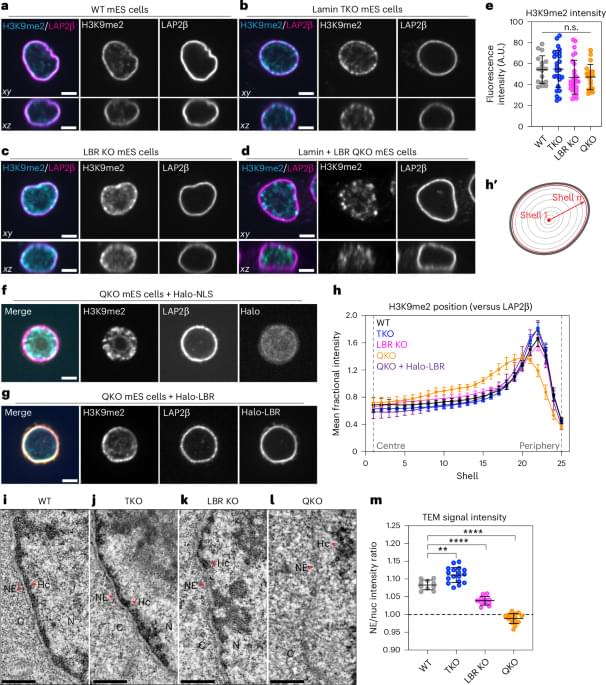
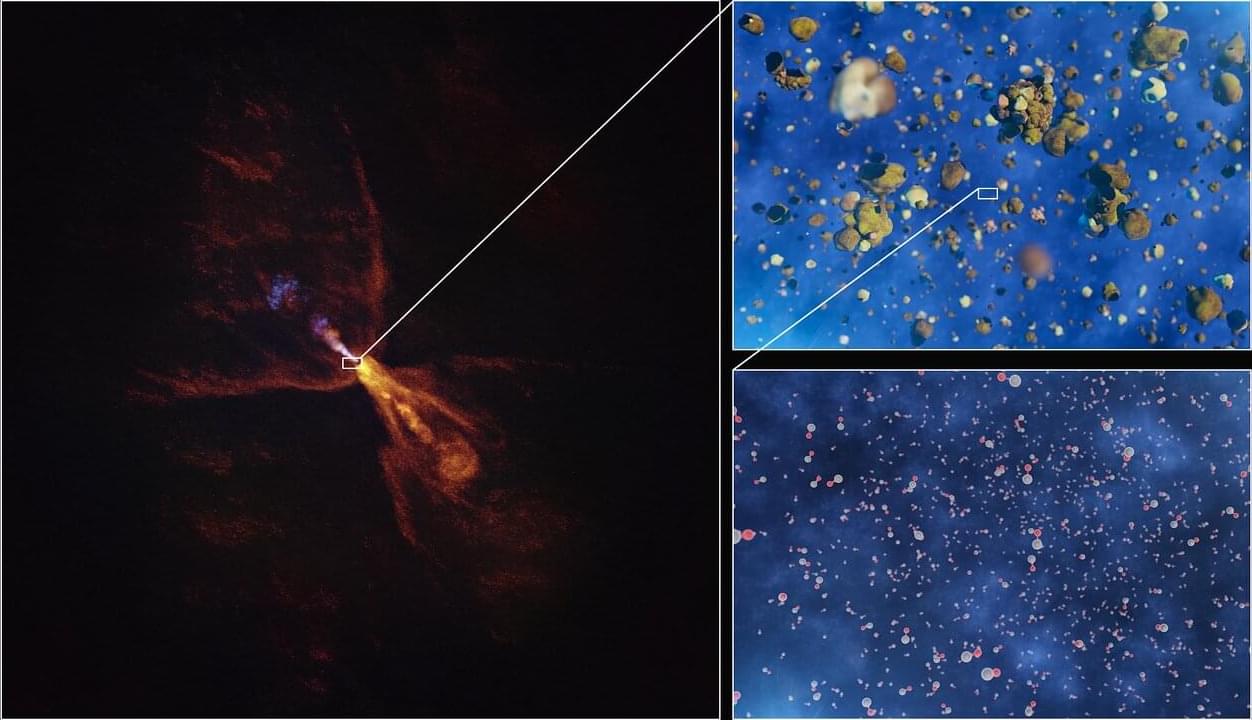
Cosmic baby steps: For the first time, astronomers witness the dawn of a new solar system
For the first time, international researchers have pinpointed the moment when planets began to form around a star beyond the sun. Using the ALMA telescope, in which the European Southern Observatory (ESO) is a partner, and the James Webb Space Telescope, they have observed the creation of the first specks of planet-forming material—hot minerals just beginning to solidify. This finding marks the first time a planetary system has been identified at such an early stage in its formation and opens a window to the past of our own solar system.
“For the first time, we have identified the earliest moment when planet formation is initiated around a star other than our sun,” says Melissa McClure, a professor at Leiden University in the Netherlands and lead author of the new study, published in Nature.
Co-author Merel van ‘t Hoff, a professor at Purdue University, U.S., compares their findings to “a picture of the baby solar system,” saying, “We’re seeing a system that looks like what our solar system looked like when it was just beginning to form.”
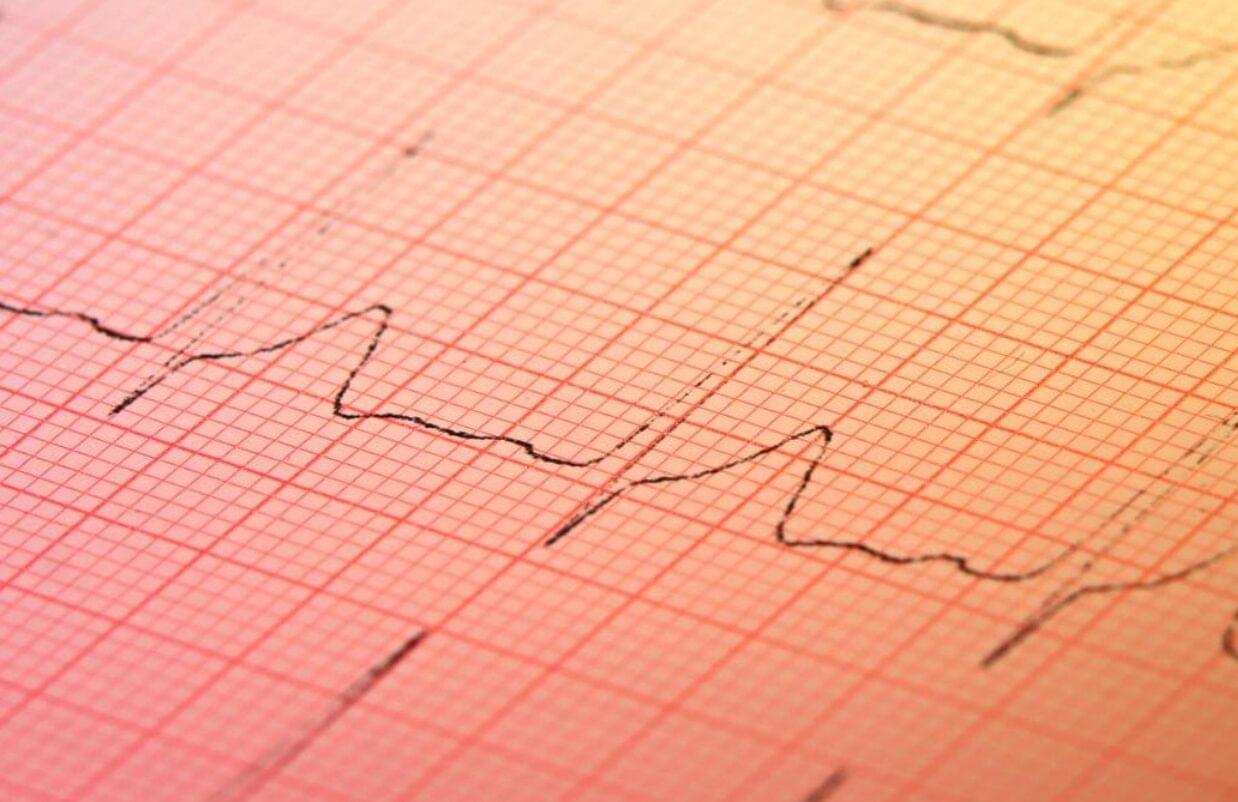
AI tool spots hidden heart disease using routine electrocardiogram data
With the help of artificial intelligence (AI), an inexpensive test found in many doctors’ offices may soon be used to screen for hidden heart disease.
Structural heart disease, including valve disease, congenital heart disease, and other issues that impair heart function, affects millions of people worldwide. Yet in the absence of a routine, affordable screening test, many structural heart problems go undetected until significant function has been lost.
“We have colonoscopies, we have mammograms, but we have no equivalents for most forms of heart disease,” says Pierre Elias, assistant professor of medicine and biomedical informatics at Columbia University Vagelos College of Physicians and Surgeons and medical director for artificial intelligence at NewYork-Presbyterian.